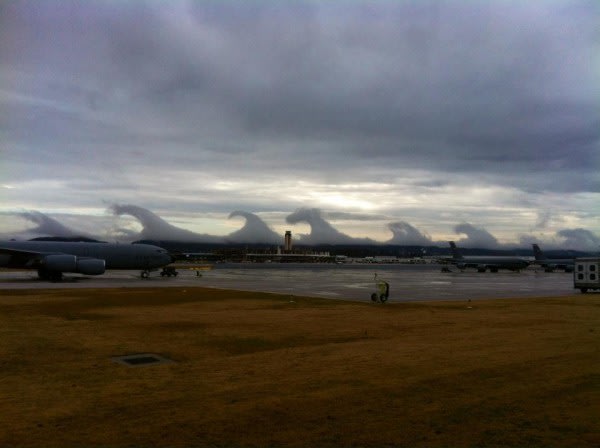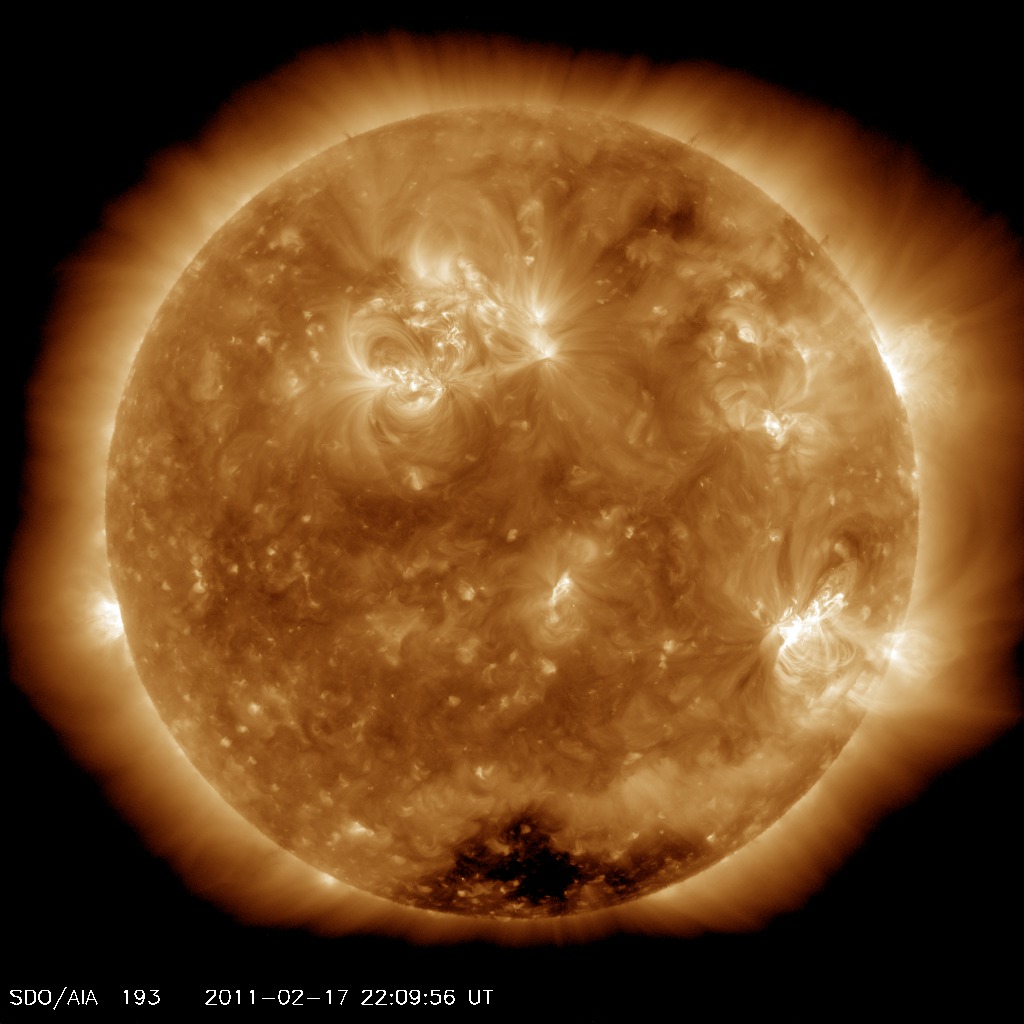Ah yes.... one of my favorite subjects. Tornado myths. There are so many out there, but here are some of my favorites and explainations as to why they are indeed myths and not fact.
Tornado Myth #1: Highway overpasses are a safe place to take shelter if you are on the road when you see a tornado approaching.
This myth stems from an interview with a man who survived the Wichita Falls tornado of 1979 by parking his car and running up underneath an overpass crossing the highway. Luckily, he managed to survive. In the early 1990's, a television crew was on their way back from covering a story when they spotted a tornado approaching them. When they realized that they couldn't outrun it, the parked their vehicle and took shelter under an overpass with several other people. A weak tornado was heading straight for them, but eventually passed just to the south of their location. However, what the people experienced was very intense and the crew caught it on tape and has been seen by millions and millions of people worldwide.
Since that tape aired, most of the public have assumed that an overpass is indeed a safe shelter since the news crew and the others survived. But the truth is,
any time you deliberately put yourself above ground level during a torando, you are putting yourself in harms way!
Now why is this myth a myth? Well.. when a tornado approaches an overpass, the intense winds of the tornado also funnel underneath the overpass - only, they may speed up! Basically, the rise in the embankment adjacent to the highway places you in a wind tunnel with nothing to hang onto and exposing you to the tornado and flying debris! And any large debris can easily be lodged into the overpass itself, making them a collection area for debris and a very dangerous place to be during a tornado. So please, stay away from the overpasses during a tornado!
Tornado Myth #2: The southwest corner of a basement is the safest location during the passage of a tornado.
I heard this myth first-hand growing up from my father! He told us that if we were ever to see a tornado, that we were to go to the southwest corner of the basement (or barn if we were milking cows). In reality, the truth is that the part of the home towards the approaching tornado (which is often, but not always, the southwest) is the least safest place in the basement (also true for above ground as well)! During most tornadoes, more homes will be shifted than be blown down completely free of the foundation. And homes "attacked" from the southwest tend to shift northeast. Thus, the unsupported part of the house (which is then the SW corner) may collapse into the basement AND/OR pull over part of the foundation. Several studies from the 60's and 70's have proved this to be true. As a general rule, being under a stairwell, heavy table, or work bench in the basement will afford even more protection then being in any corner!
Tornado Myth #3: Tornadoes never strike big cities.
There is a sliver of truth to this. While big cities rarely get hit, they do in fact, get hit! The reason why this myth arose is because of the fact that big cities rarely get hit. It's just that big cities account for a very small land mass (when one thinks of big city, they think of sky scrapers and large office buildings) making it a very small target. The tornadoes are more likely to hit the city's boundaries and suburbs then the "big city". And it should also be noted that very few "big cities" exist in tornado alley. But one of them, St. Louis, has had a long history of tornadoes in it's central area!
Tornado Myth #4: Openning windows in your house to equalize air pressure will save a roof, or even a home, from the destructive forces of the tornado.
YIKES! This one is just a scary thought and a waste of precious time! The thought of moving a thin plane of very breakable glass is going to protect your home from one of the most violent force of mother nature is crazy! This idea is basically wishful thinking. In reality, openning windows is a dangerous and useless waste of time! As a tornado passes through, the debris flying around it and the sheer strength of the winds will blow more than enough vent holes in the building to equalize any pressure differences. Basically, the best advice is to leave those windows alone and head for cover in a basement or shelter as fast as possible! One should not think about the house roof first, but the impact of one's death on their family or being seriously injured!
Tornado Myth #5: Some towns are "protected!"
This myth actually stems from Native American origin. The Osage Indians, native to the central plains, told settlers that tornadoes will not strike between two rivers near the point where the rivers join. Well.... this one has been shown to be indeed a myth! Emporia, KS, located between the Cottonwood and Neosho Rivers, was "protected" for over a century in native Osage territory. Then a tornado struck the town on June 8th, 1974, killing 6 and causing $20 million in damage. Another twister hi on June 7th, 1990 and caused only $6 million in damage.
The idea of a town being "protected" is basically the cause of wishful thinking, short memory, the rarity of tornadoes, and a distorted sense of here or there. Geological features such as rivers, ridges, and valleys have little to no effect on mature tornadoes. Tornadoes have passed over mountain ridges and have crossed the mighty Mississippi River. Topography may have a bit of influence, but definely not protection. Weak tornadoes will damage hilltops, but mature tornadoes can actually stretch down into valleys and intensify! During this stretching, the tornado becomes narrower and will spin more rapidly!
Basically, tornadoes go where they want, no matter what is in the way!
I hope you enjoyed some of these myths. There are plenty more out there, but I don't want this posting to go on forever! See you tomorrow!











